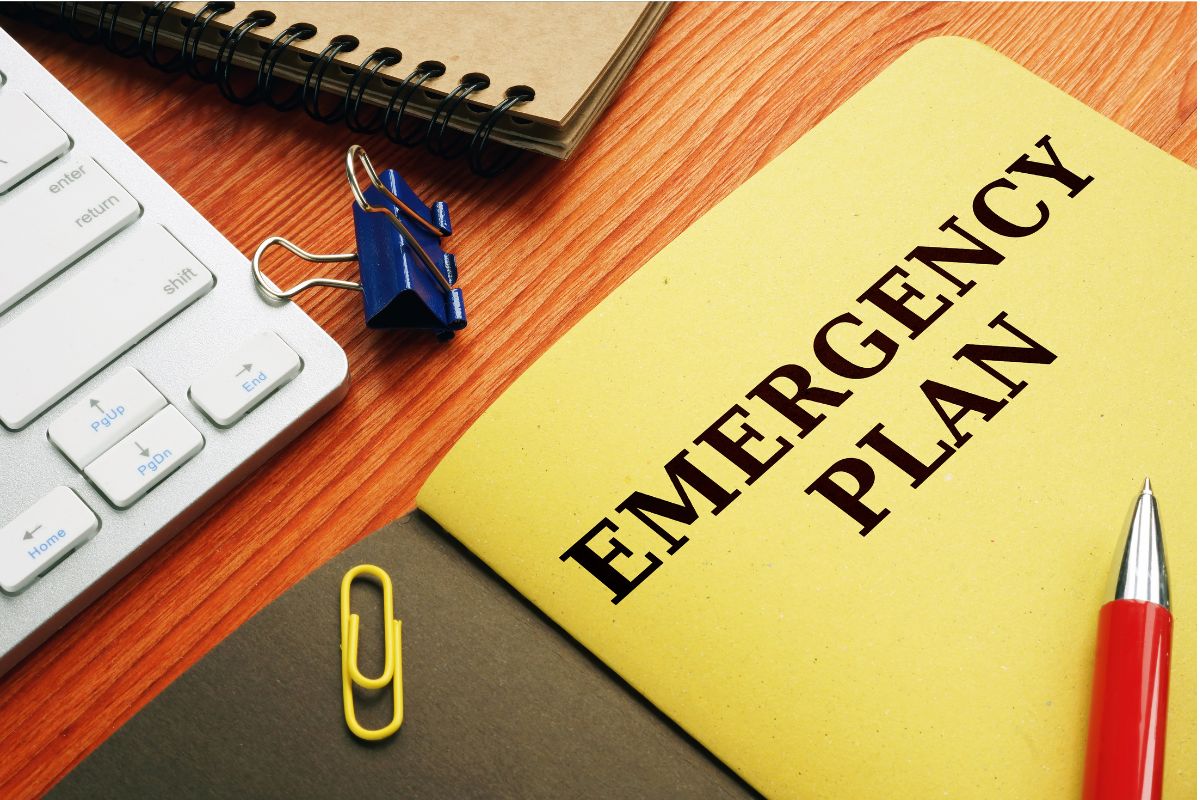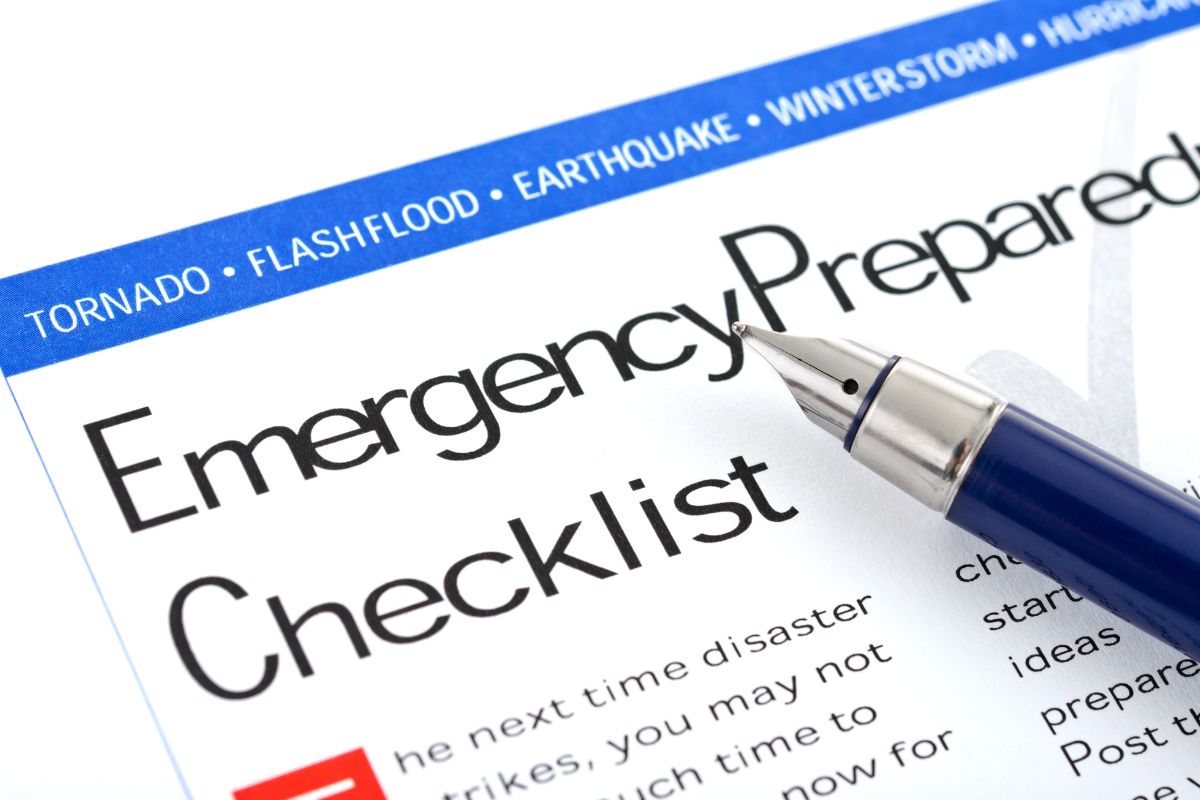In today’s unpredictable world, businesses face an increasing array of risks that can disrupt operations and threaten their survival.
Natural disasters, cyberattacks, supply chain interruptions, and pandemics all present significant challenges.
Amidst this uncertainty, strong leadership plays a pivotal role in guiding organizations through emergencies.
Effective leaders understand that business emergency preparedness isn’t just about reacting to crises—it’s about building a resilient organization capable of withstanding and thriving despite adversity.
This article will delve into how leadership drives business emergency preparedness and the steps leaders can take to foster resilience.
Post Contents
- 1 1. Creating A Culture Of Preparedness
- 2 2. Developing Comprehensive Emergency Plans
- 3 3. Building Cross-Functional Emergency Response Teams
- 4 4. Enhancing Communication Strategies
- 5 5. Leveraging Technology for Emergency Preparedness
- 6 6. Fostering External Partnerships and Collaborations
- 7 7. Prioritizing Employee Well-Being During Emergencies
- 8 8. Emphasizing Continuous Improvement and Learning
- 9 10. Inspiring A Resilient Organizational Mindset
- 10 Conclusion
1. Creating A Culture Of Preparedness
A culture of preparedness starts at the top. Leaders must emphasize the importance of emergency readiness throughout the organization, ensuring that every employee understands their role in maintaining business continuity.
Regular training sessions, emergency drills, and clear communication about the company’s emergency plans can reinforce this culture.
Leaders should actively participate in these exercises to demonstrate their commitment and lead by example.
When employees see their leaders prioritize preparedness, they feel empowered to do the same.
This proactive mindset fosters a resilient workforce ready to respond swiftly and effectively in the face of disruption.

2. Developing Comprehensive Emergency Plans
Effective emergency management requires comprehensive planning. Leaders must spearhead the development of emergency plans that address potential risks, including natural disasters, cyber threats, and supply chain disruptions.
Collaborating with professionals who have earned an emergency management masters online can offer invaluable insights into creating robust strategies.
These plans should outline clear roles, communication protocols, and response procedures for different scenarios.
Regular reviews and updates ensure that the plans remain relevant and adaptable to emerging risks.
By involving cross-functional teams in the planning process, leaders can create a well-rounded strategy that addresses all aspects of business continuity.
3. Building Cross-Functional Emergency Response Teams
Emergency response requires collaboration across various departments. Leaders play a crucial role in assembling cross-functional teams responsible for managing different aspects of an emergency.
These teams should include representatives from IT, human resources, operations, and communications, among others.
Each member brings unique expertise, ensuring a holistic response. Leaders should establish clear decision-making hierarchies and empower these teams to act swiftly during a crisis.
Regular training and scenario-based exercises will help team members refine their coordination and build trust, ensuring a seamless response when an actual emergency occurs.
4. Enhancing Communication Strategies
Clear and timely communication is vital during emergencies. Leaders must establish robust communication strategies that keep all stakeholders informed and aligned.

This includes employees, customers, suppliers, and regulatory bodies. Utilizing multiple communication channels like emails, intranet updates, and social media ensures that critical information reaches everyone promptly.
Leaders should also designate spokespersons for media interactions to maintain a consistent message.
Regular updates during emergencies help alleviate uncertainty and provide a sense of direction. By prioritizing transparent communication, leaders build trust and enable quicker decision-making during crises.
5. Leveraging Technology for Emergency Preparedness
Technology plays a central role in modern emergency management. Leaders must invest in tools and systems that enhance preparedness and response.
Emergency notification systems, cloud-based data backups, and incident management software can streamline communication and data recovery.
Data analytics tools can help identify emerging risks and assess the effectiveness of emergency plans. Leaders should also explore technologies like geographic information systems (GIS) for real-time situational awareness during disasters.
By leveraging technology strategically, leaders can enhance their organization’s ability to anticipate, respond to, and recover from emergencies swiftly and efficiently.
6. Fostering External Partnerships and Collaborations
No organization can handle emergencies entirely on its own. Leaders should recognize the importance of establishing partnerships with external entities such as local emergency services, industry associations, and suppliers.
These collaborations can provide critical resources and expertise during crises. By actively participating in local emergency planning committees and networking with similar businesses, leaders can share best practices and strengthen their response strategies.
Additionally, engaging with third-party consultants or emergency management specialists can offer fresh perspectives on enhancing preparedness. Strong partnerships create a supportive network that organizations can rely on when disruptions occur.
7. Prioritizing Employee Well-Being During Emergencies
A resilient organization depends on a resilient workforce. Leaders must prioritize employee well-being as a core component of emergency preparedness.

This involves creating policies that ensure employee safety during disasters, such as flexible work arrangements, mental health support, and access to medical resources.
Clear communication about evacuation routes, emergency contacts, and safety protocols can reduce panic and confusion.
Leaders should also offer counseling and support services to employees affected by crises.
By showing genuine care and concern for their teams, leaders build loyalty and foster a supportive culture that strengthens organizational resilience.
8. Emphasizing Continuous Improvement and Learning
Preparedness is not a one-time effort but a continuous journey. Leaders must foster a culture of continuous improvement by reviewing past emergencies and identifying areas for enhancement.
Conducting after-action reviews and analyzing response efforts can reveal gaps in emergency plans or training needs.
Leaders should encourage their teams to share insights and lessons learned from real or simulated emergencies.
Investing in training programs, attending industry conferences, and engaging with thought leaders in emergency management can further refine strategies.
This commitment to learning ensures that organizations evolve their preparedness measures to tackle new and emerging threats.
9. Aligning Emergency Preparedness with Business Objective
Emergency preparedness should align with the overall business strategy. Leaders must ensure that their emergency plans support the organization’s long-term goals and priorities.

For instance, protecting critical assets like customer data, intellectual property, and supply chain continuity should align with business objectives.
Leaders should also consider the potential impact of disruptions on market reputation, customer trust, and regulatory compliance.
By integrating emergency preparedness into strategic planning, leaders create a cohesive approach that safeguards both short-term operations and long-term business sustainability.
10. Inspiring A Resilient Organizational Mindset
At the heart of effective emergency management lies a resilient mindset. Leaders must inspire their teams to view challenges as opportunities for growth rather than threats to stability.
Encouraging adaptability, innovation, and proactive problem-solving can transform how employees perceive and respond to crises.
Leaders should share stories of resilience and recovery to reinforce this mindset and recognize employees who exemplify these qualities.
By fostering an organizational culture that embraces change and thrives under pressure, leaders build a resilient organization capable of weathering any storm.
Conclusion
Effective leadership is the cornerstone of business emergency preparedness. By creating a culture of preparedness, developing comprehensive plans, and prioritizing employee well-being, leaders can build resilient organizations ready to face any challenge.
Strong communication, external partnerships, and continuous improvement further enhance this resilience.
Ultimately, aligning emergency management with business objectives and inspiring a resilient mindset will empower organizations to navigate uncertainty with confidence.
With proactive leadership, businesses can transform potential crises into opportunities for growth, innovation, and long-term success.






























